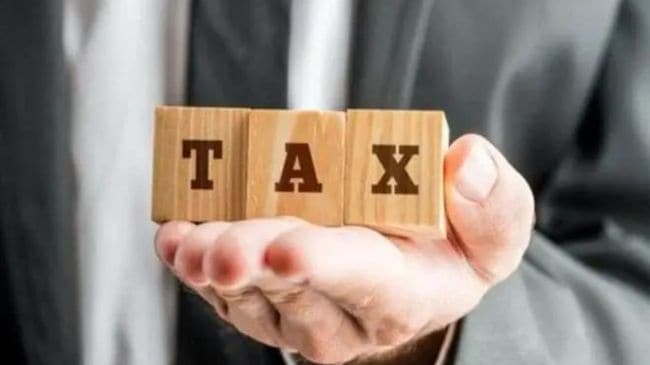Opinion A tax that served India’s interests – no more
The equalisation levy has been withdrawn even when there is no global tax deal
 Many argue that the equalisation levy is discriminatory and its costs were passed to consumers. But in the absence of taxation of profits, would these arguments still hold?
Many argue that the equalisation levy is discriminatory and its costs were passed to consumers. But in the absence of taxation of profits, would these arguments still hold? As we bid farewell to the equalisation levy, its genesis has piqued interest. The 6 per cent levy on online advertising was unconventionally brought to life through the Finance Act in 2016, rather than the Income-tax Act. The benefit of introducing the tax in such a way was that it would do away with the treaty override. That is, a taxpayer could no longer avoid the tax on grounds that the treaty did not recognise it as a tax applicable. As expected, large digital corporations were averse to such a tax even though many at the time reported fairly low rates of taxes across the world — a feature that the European Court of Justice has repeatedly attempted to set right.
Directionally, the international tax landscape has been progressing to close loopholes for tax avoidance, but what became a severe challenge was that no mutually agreed solution existed on the taxation of digital companies. The OECD, while finalising its work on taxation of the digital economy under the BEPS programme, left options at the table. But there was no particular solution. India took the initiative to be the first to introduce the levy. Though mentioned among the plausible measures, it was seen as unilateral subversion of whatever exists as the notion of international tax diplomacy. In the years that followed, the measure came to be critiqued for resulting in double taxation and for imposing additional costs on consumers. Yet, this did not deter other countries. The shift in approach pushed the US — home to large tech companies — to take notice.
The international community of tax negotiators was simultaneously brokering an agreement that would fit the requirement of ensuring taxes are aligned with market size. The sore point of the negotiations was how much of the profits from bespoke services offered by digital companies were to be taxed in markets like India. While the US preferred to draw a line in the sand with only residual returns, India firmly believed that an agreed formulary apportionment of profits was the way ahead. Neither sat well with other countries.
The OECD began to create a more elaborate proposal that kept all members invested, although members, particularly the US, held a strong influence. In the process, the solution got lengthier and negotiators began growing tired of the deluge of consultations and discussions. In 2021, the US, which was distancing itself from the global tax deal, made a comeback with the Joe Biden administration asserting that it would throw its weight behind a solution that would tax top firms fairly. This would expand the focus from just US-based tech companies.
Based on the request of its principal financier, the OECD pivoted its approach slightly. India, too, invested its time and resources in the process. However, economic interests and size set the equation and India’s efforts were not enough even though it received support from African countries. The fissures in international dialogue started to become apparent as reservations made their way into documents. Even as the OECD attempted to rescue the deal, developing countries began to wonder if it was time to shift to another forum.
The UN received resounding support from 110 countries in 2024 for the creation of an international tax convention. The UN tax committee recommended a simpler withholding tax on payments made for services that could be introduced to treaties to avoid double taxation. The withholding tax was a non-starter but for the very same reason that is now holding up the OECD approach-consensus. The UN framework convention has reestablished the truth about international tax law that there are alternative models and countries can negotiate to preserve their interests.
In the light of this reality, digital taxes are expected to have a longer life. However, political change in the US revived the dispute on the levying of taxes. In 2020, the US launched USTR investigations that found the expanded scope of India’s equalisation levy on digital services discriminatory. In response, the US threatened to levy retaliatory tariffs. India eventually withdrew the 2 per cent tax. The threat of tariffs has returned with President Donald Trump and it is possible that the 6 per cent equalisation levy is being withdrawn to dial down the trade tensions.
Many argue that the equalisation levy is discriminatory and its costs were passed to consumers. But in the absence of taxation of profits, would these arguments still hold? Any tax can be passed forward and there is no evidence of that. Reportedly, revenues collected from the levy were Rs 40 billion in 2022. The timing of the withdrawal, especially in the absence of a global tax deal, is interesting. Unfortunately, a tax that served India’s interests well will no longer be available. It will, however, always serve as an example of how much a developing country can achieve through domestic measures without having to serve the illusion of consensus.
The writer is associate professor, NIPFP



